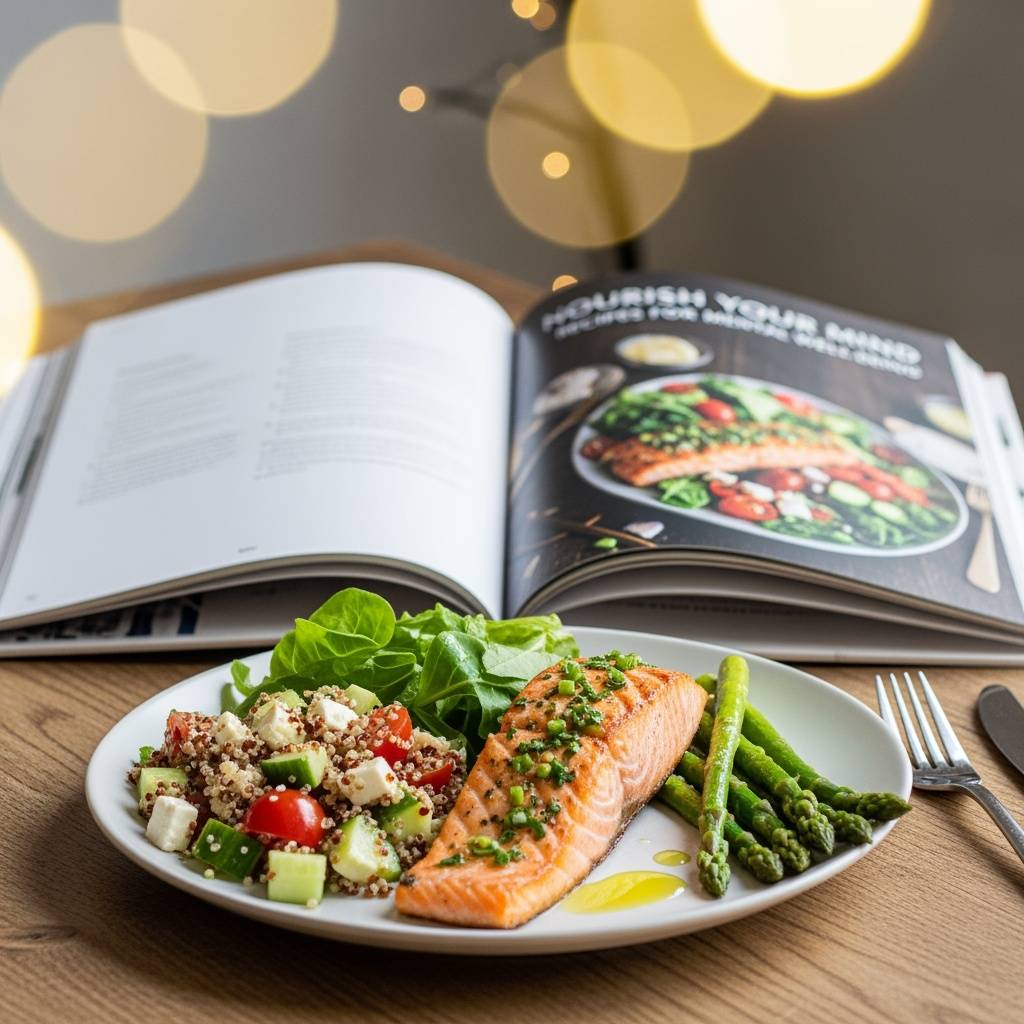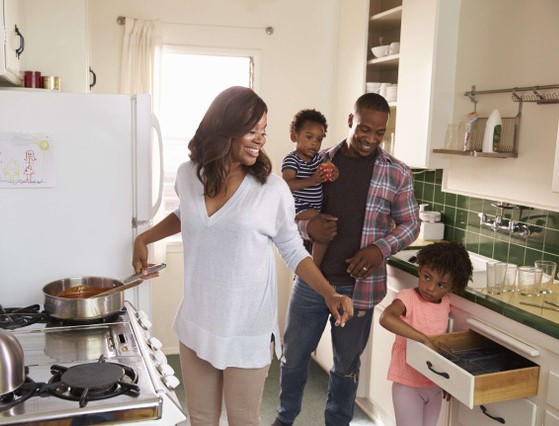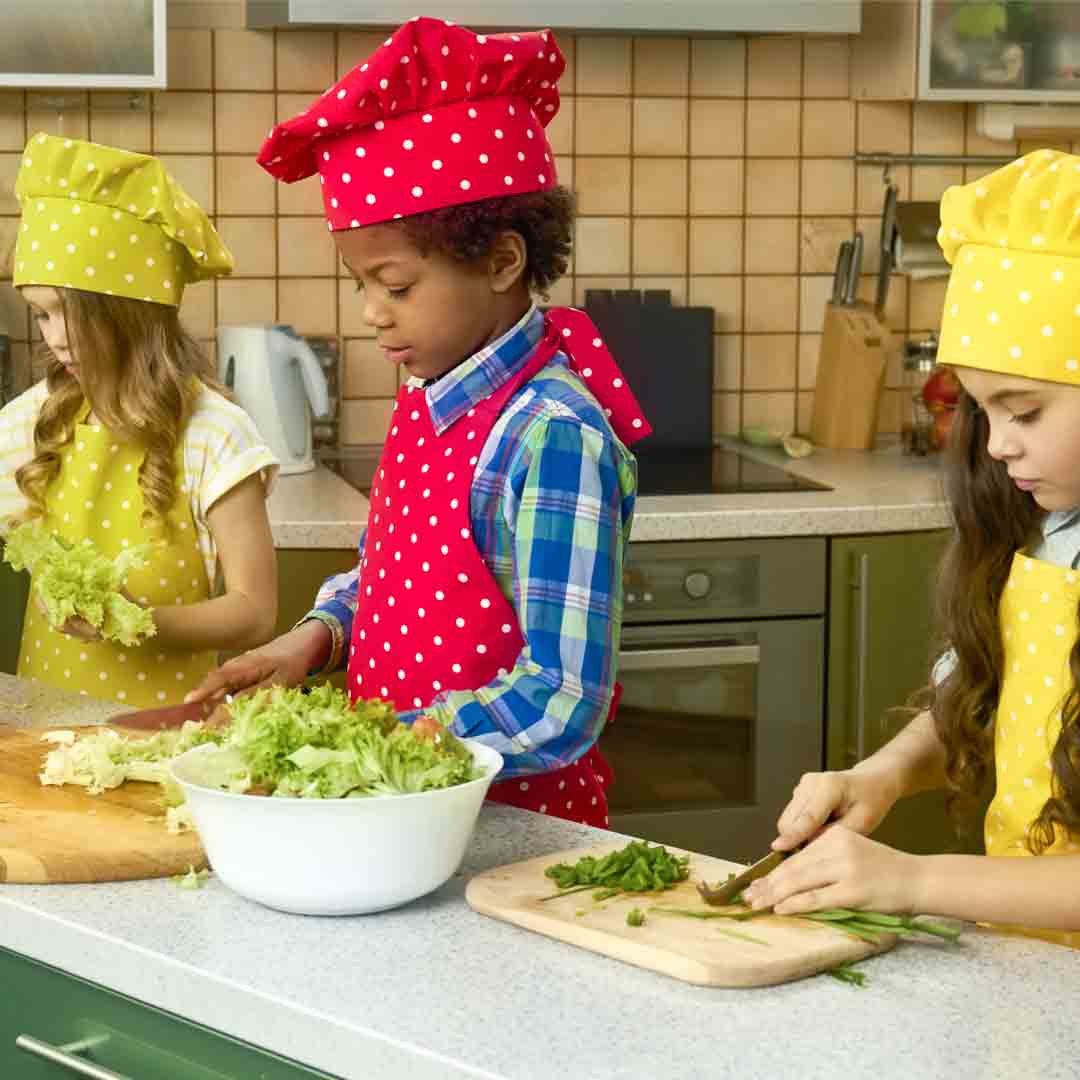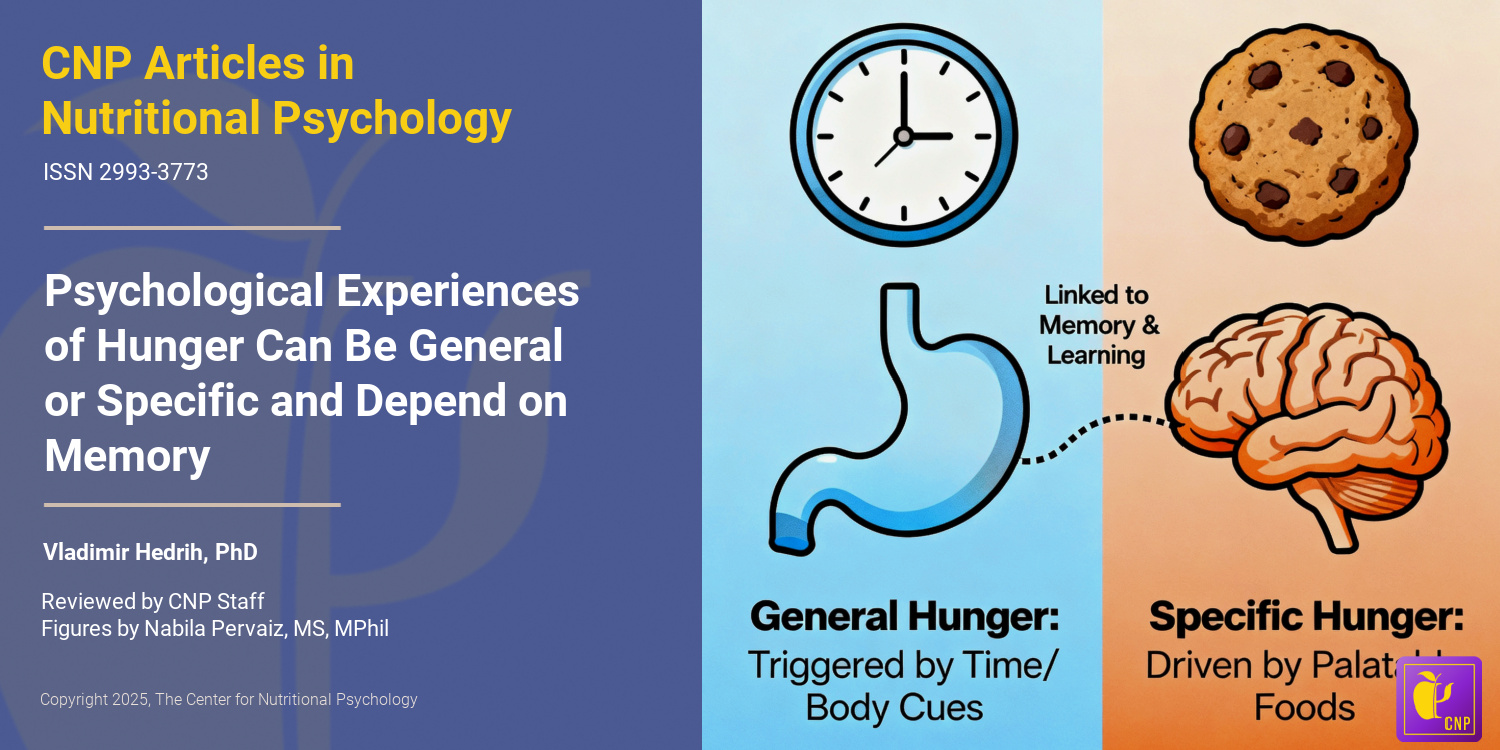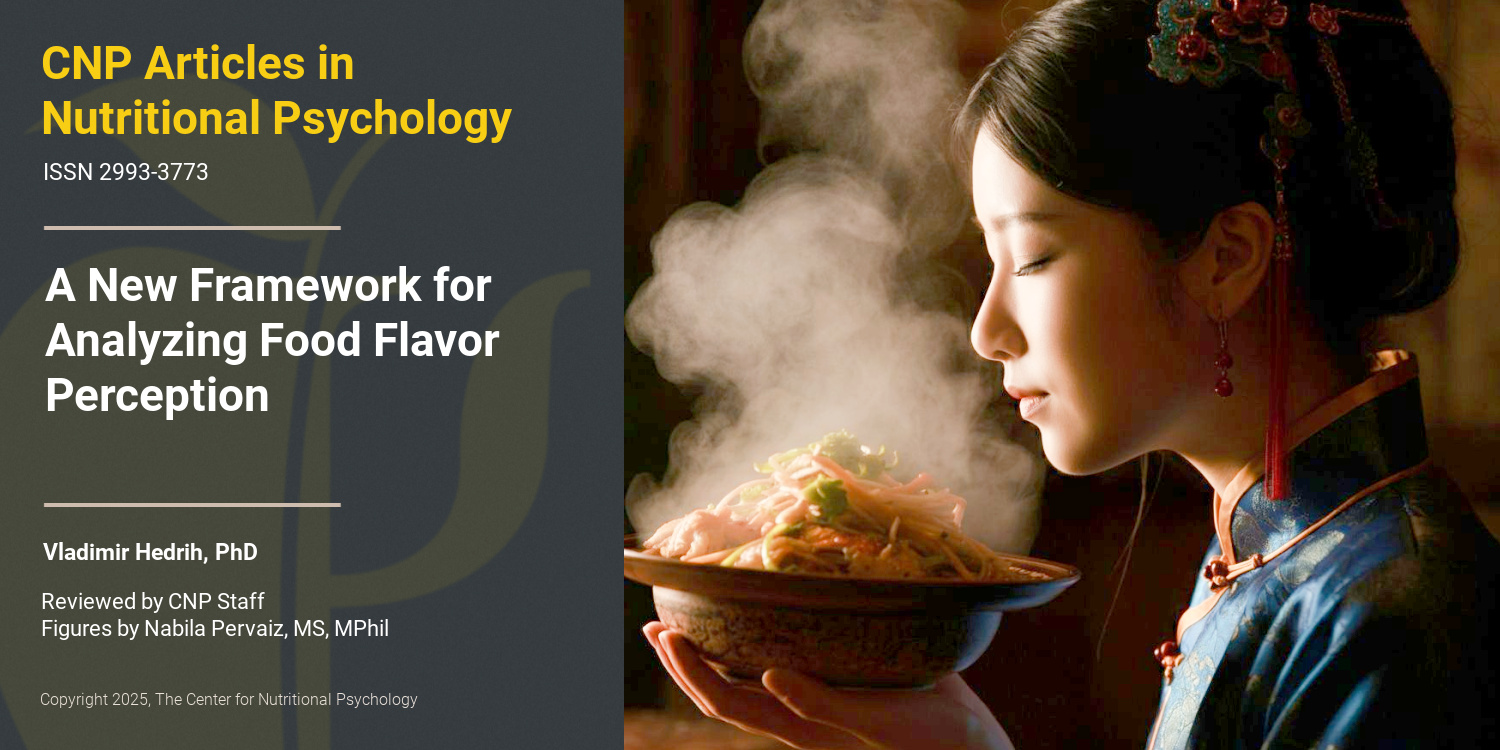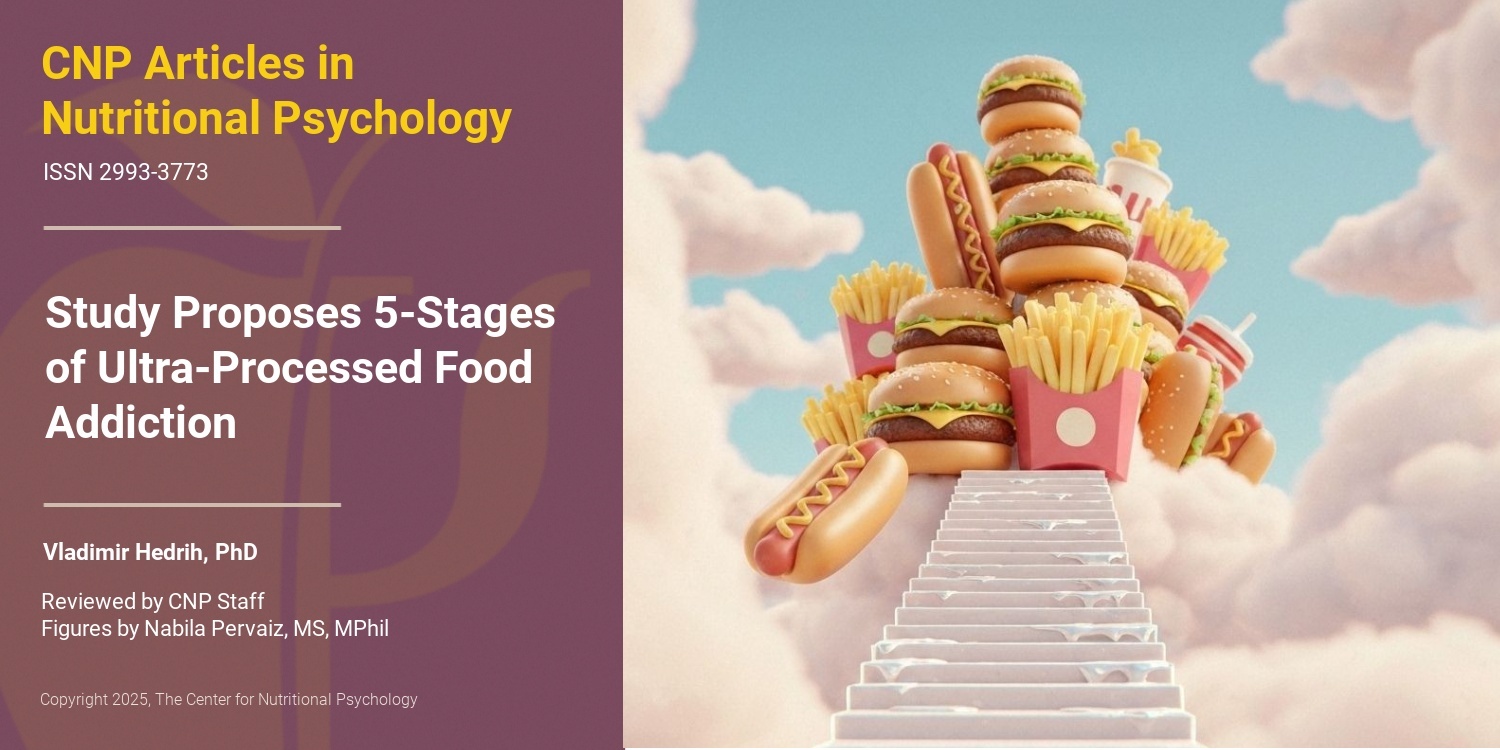Kitchen therapy: cooking for connection and belonging
This chapter explores the intricate relationship between cooking, our evolutionary history, and its potential for enhancing relational bonding. The term ‘con-panis,’ meaning ‘with bread,’ underscores the symbolic aspect of shared meals. The author recounts her journey in developing Kitchen Therapy, drawing from personal experiences as a child and mother, her role as a cookery teacher, and her training in psychotherapy. Kitchen Therapy is a creative, integrative process that merges talk therapy with cooking, applicable in various settings, including consulting rooms and community kitchens. It can be utilized with individuals, couples, parent-child pairs, and groups. This therapeutic approach engages deeply embedded memories, akin to Freud’s notion of dreams as gateways to the unconscious. Our interactions with food not only nourish our bodies but also reflect our inner narratives surrounding feeding, cooking, and eating. The focus of Kitchen Therapy is on the cooking process rather than the final product, recognizing the necessity of both psychological nutrition (love) and physical nutrition (food). The chapter elaborates on the rationale and practical applications of Kitchen Therapy, providing illustrative examples from individual and group psychotherapy settings. An appendix is included to demonstrate how the principles of Kitchen Therapy can enhance traditional psychotherapy practices. [NPID: Therapy, cooking, bonding, psychotherapy, talk therapy]
Year: 2021
 Navigation
Navigation


